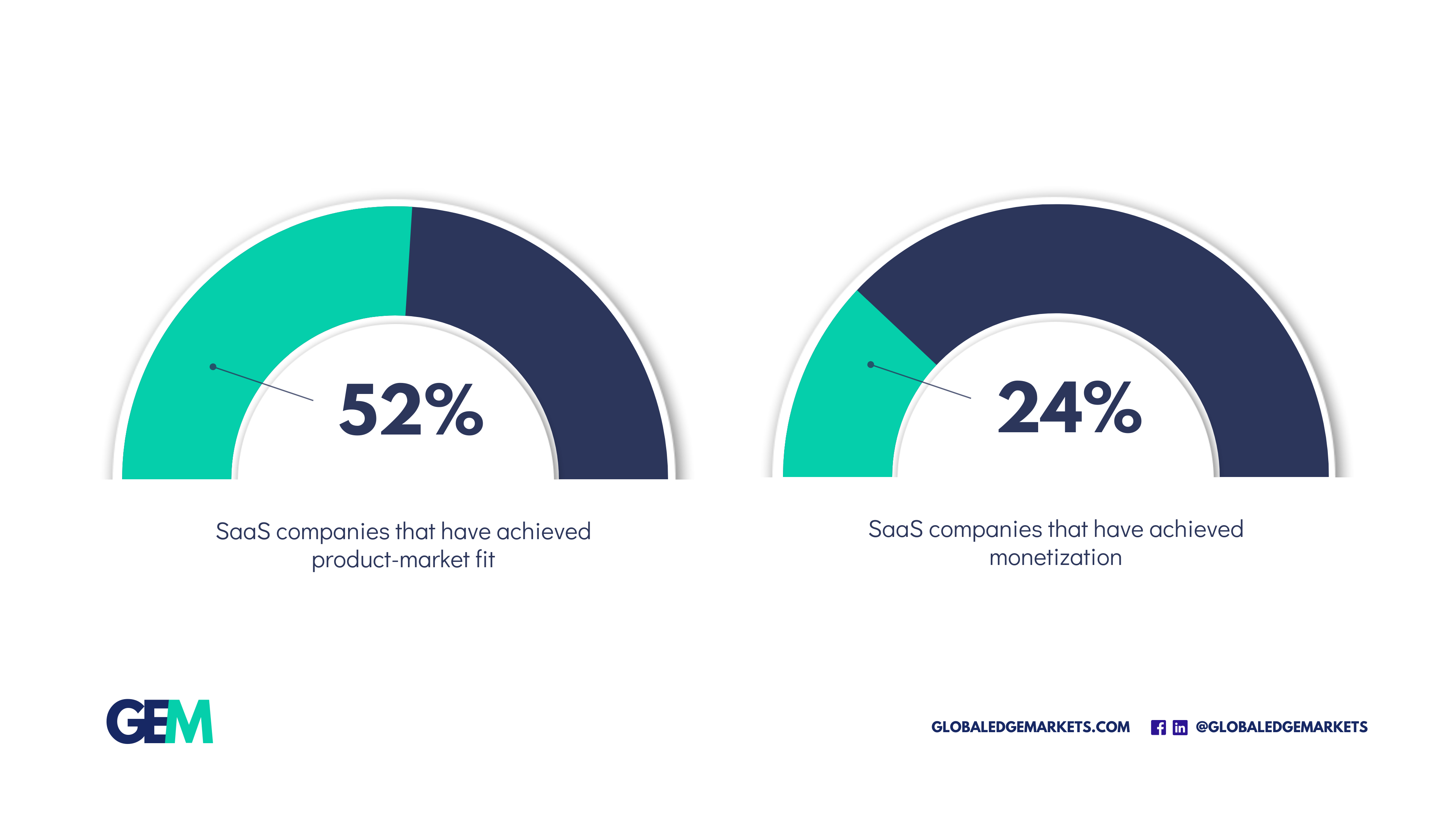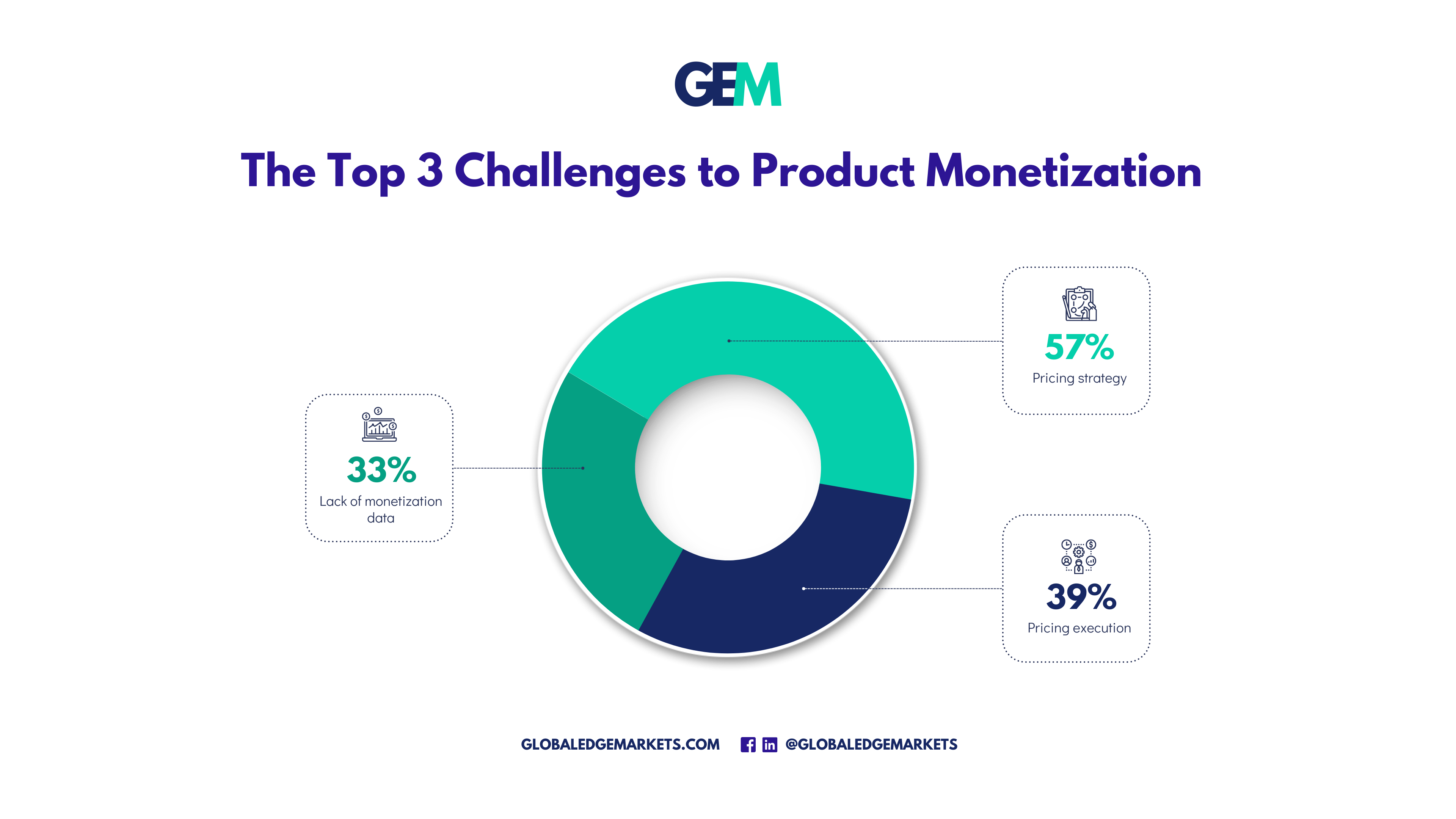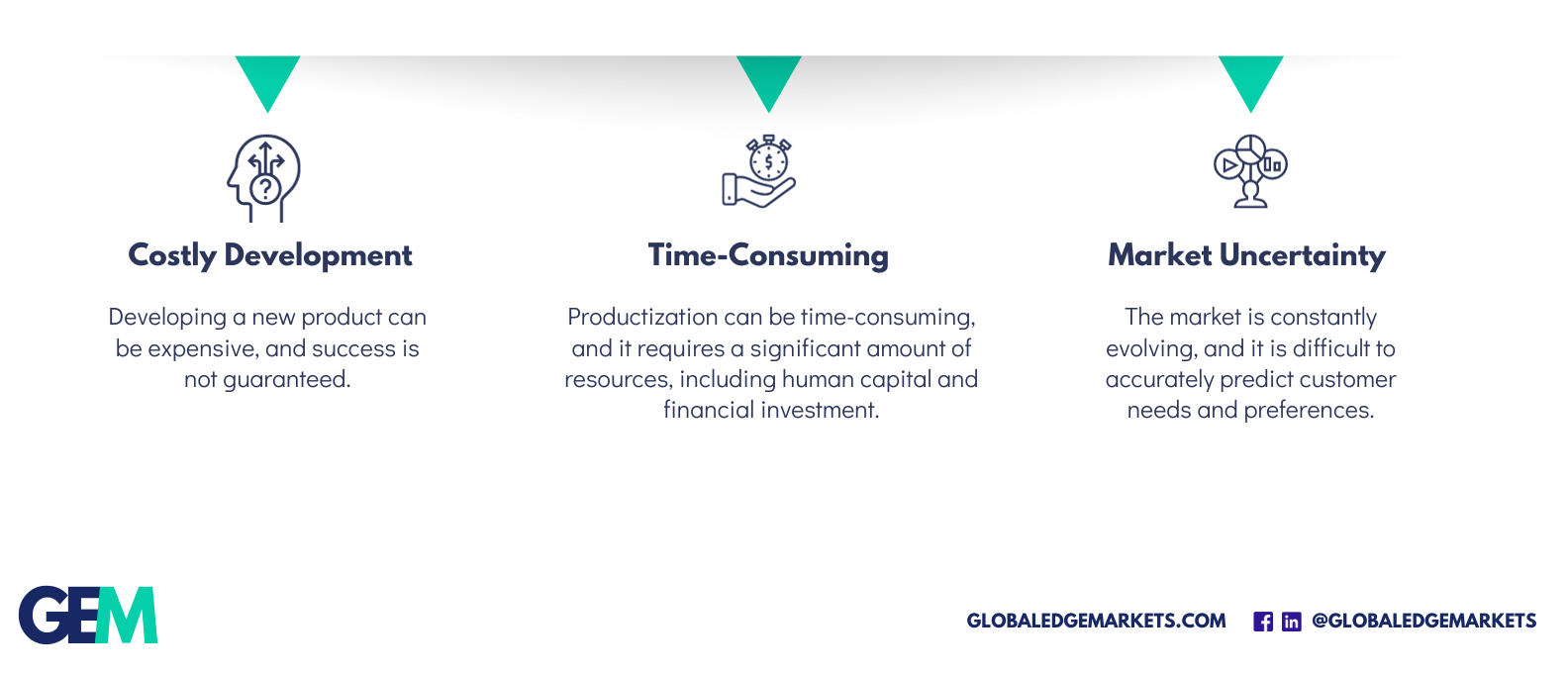
Pond Mobile
About PondMobile, a global MVNO (Mobile Virtual Network Operator), initially engaged Social2B to better manage social media channels. And with the rise of Instagram (prior to Facebook purchase), PondMobile wanted
Enable users to build and maintain relationships across time and distance.
When you optimize a process, idea, skill, or service, you should always think about an alternative way to present it to the market – or produce it yourself. Productization involves taking a capability or service used internally or externally and developing it into a standard, tested, likely packaged, and hopefully marketed product. For example, a consulting or integration company might produce internal tools in project management or process controls to create a product or a platform based on their knowledge, workflows, interactions, and automation algorithms. Productization should not be confused with production or manufacturing, however.

If you are ready to turn a non-revenue-generating idea or process into hard currency (fiat or tokenized), you are ready to monetize. In many cases, monetization looks to novel methods of creating income from new sources; for instance, this can be embedding ad revenues inside social media video clips to pay content creators or adding subscription services to a capability that was never sold for a fee or was ever valued with a particular monetary value in mind.
The productization process begins with the identification of an idea, solution, or service that has the potential to meet the needs of a particular market. The next step is to develop a prototype or minimum viable product (MVP) that can be tested and refined based on customer feedback. Once the MVP has been created, the productization process involves the following stages:
At this stage, the product features are determined based on customer requirements, competitive analysis, and industry trends. The features should align with the company’s vision and mission.
Pricing is a critical element of productization and should be based on the product’s perceived value to the customer. The pricing model should consider factors such as production costs, market demand, and competition.
Marketing is essential for creating awareness and generating demand for the product. The marketing strategy should be based on the target audience, the product’s unique selling proposition (USP), and the distribution channels.
Distribution channels are how the product is delivered to the customer. The distribution channels should be selected based on the target market, product type, and the company’s resources.
This is when the product is released to the market. The product team performs final testing, finalizes packaging, and creates marketing materials. This step also involves coordinating with the production team to ensure timely delivery to distributors and retailers.
Scaling up involves increasing production, expanding distribution channels, and improving product features and customer satisfaction based on customer feedback. The goal is to achieve sustainable growth and profitability.
These three areas work together to ensure that a product is developed and delivered in a way that meets the needs of customers, achieves the goals of the business, and supports long-term success.
A well-executed launch and deployment strategy can help establish a new product in the market and create a buzz around it, leading to increased sales and profitability.
By continuously improving products to meet customer needs, companies can drive business success, increase customer satisfaction, and maintain a competitive edge in the market.
By leveraging these strategies, businesses can create more valuable products, increase customer engagement, and achieve long-term profitability.

If you want your business to thrive, make innovation a priority. Download our white paper to read more about innovation, from its historical roots to current trends to strategy implementation.
The success of a productization effort can depend on several factors, including the target market, competition, the unique features and benefits offered, and the resources and processes used to bring the product to market.
However, some general statistics on product development and commercialization may be useful in understanding the overall landscape. For example:

Researchers have studied productization extensively, and a growing body of evidence supports the idea that productization is essential for business success. There are several benefits productization offers, including:

The productization process also presents several challenges, including:

Productization is a crucial process that helps businesses turn ideas, services, or solutions into successful and profitable products. Successful productization ultimately requires a deep understanding of the market, customer needs, and a willingness to invest resources and take risks.
Discover how Alex Romanovich’s unparalleled expertise in Productization And Monetization can transform your business. Schedule a consultation with Alex or engage the GlobalEdgeMarkets team today to unlock new growth opportunities!

About PondMobile, a global MVNO (Mobile Virtual Network Operator), initially engaged Social2B to better manage social media channels. And with the rise of Instagram (prior to Facebook purchase), PondMobile wanted

About Cogni is a new digital banking platform that brings you curated brands and experiences while helping manage your spend. It’s designed to offer tap-to-pay services to their customers. Challenge

About Industry: Software, HealthTech In the rapidly evolving world of HealthTech, being proactive and nimble is essential. Demigos, under the leadership of Ivan Dunskiy, CEO of Demigos and CTO of

10 examples of how productization helps businesses to streamline their operations, increase efficiency and reduce costs.

Last week here at GlobalEdgeMarkets, we discussed the functionality of social media marketing especially the idea of social referrals. We gave the example of a list of 10,000 consumers that

The life cycle of a startup is often marked by rapid growth and development, with strategic business management playing a pivotal role. In particular, transitioning from offering free to fee-based
We create and curate the best content on entrepreneurship, technology & innovation.
Fill out the form on our contact page and we’ll contact you as soon as possible!